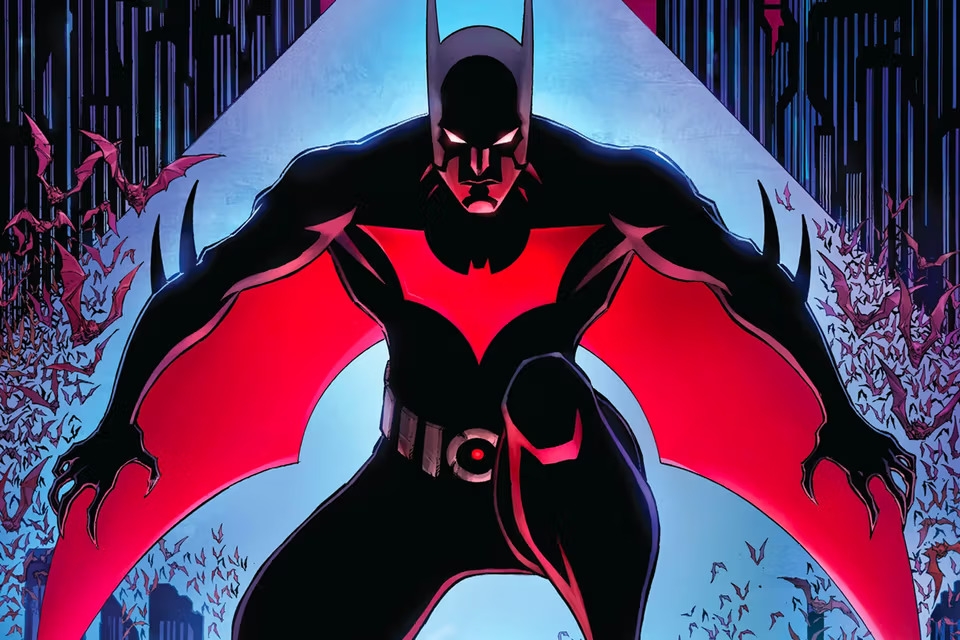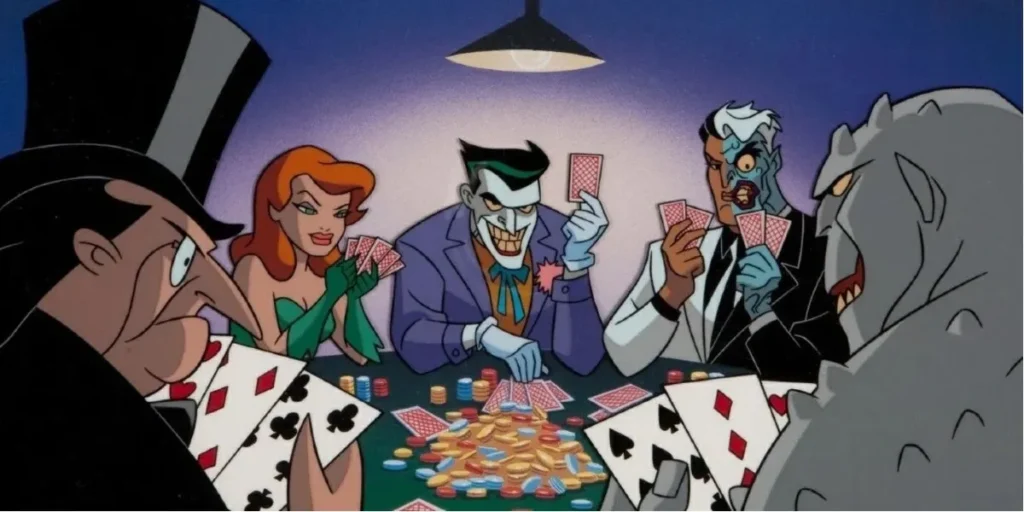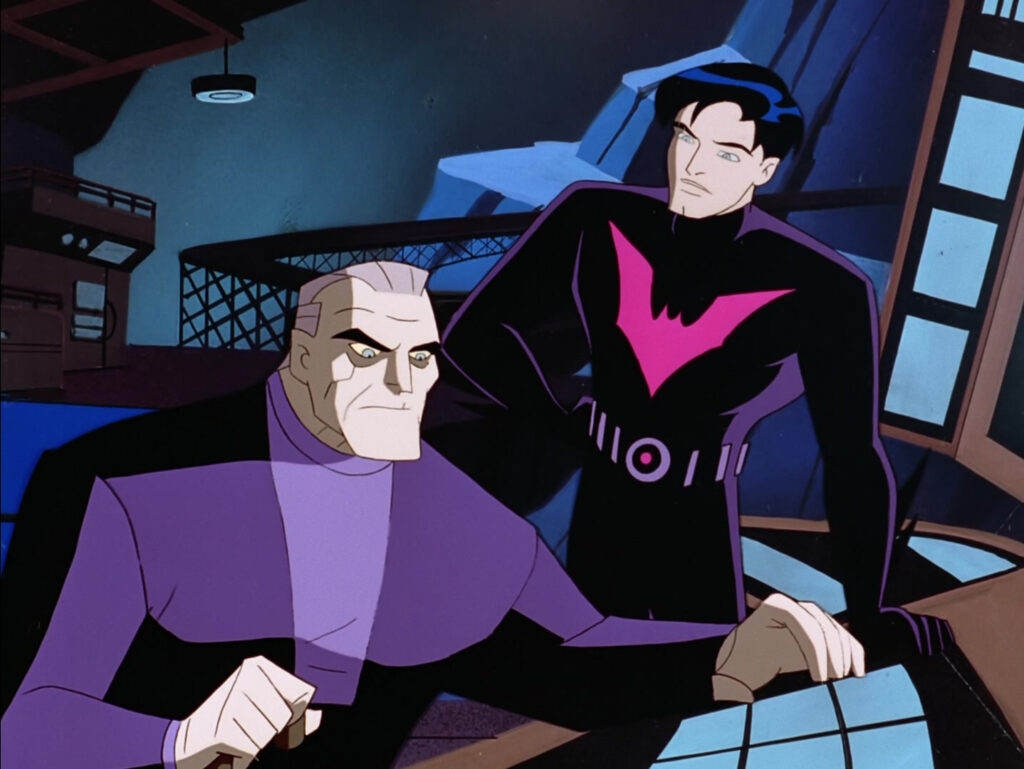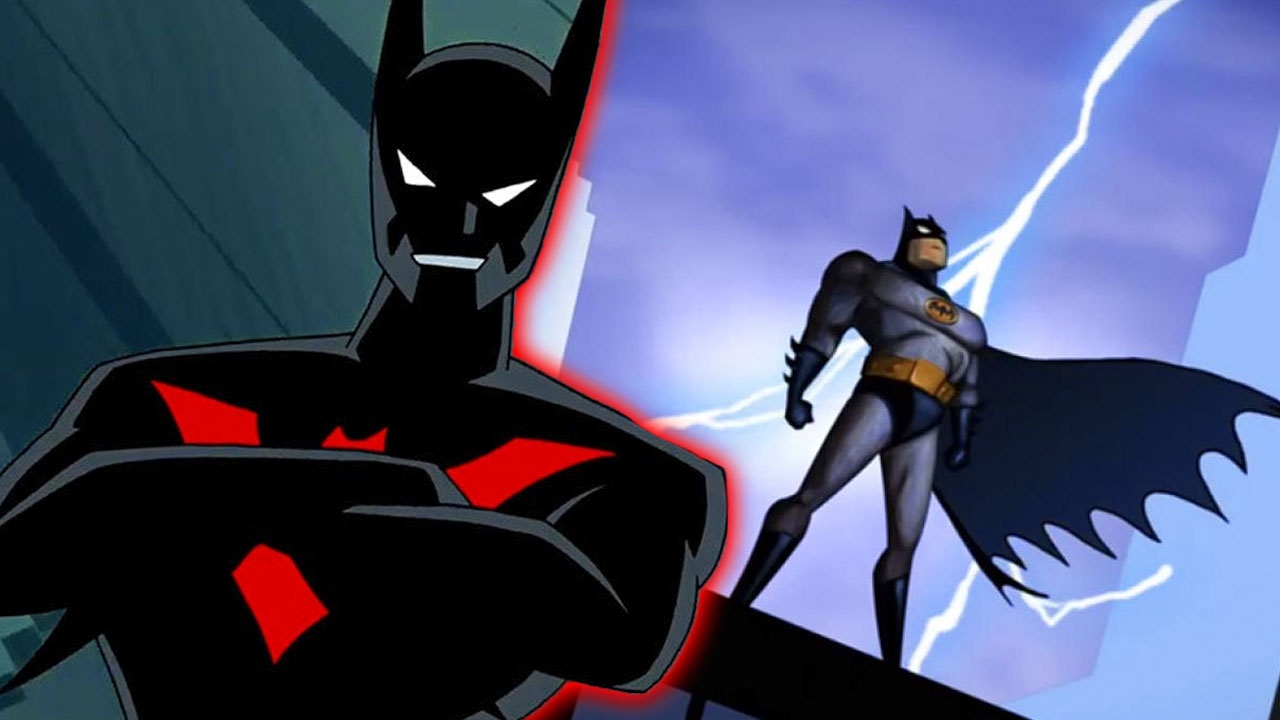Batman Beyond’s Original ‘White Collar Crime’ Story Idea Was Against Everything Batman: The Animated Series Stood for
One significant detail about Batman Beyond that many fans might be unaware of is the original idea of the animated show, which completely differed from the traditional approach of its predecessor Batman: The Animated Series.

Batman Beyond perfectly featured the young Terry McGinnis from the futuristic Gotham City being mentored by elderly Bruce Wayne and fighting against street-level crime. However, little did you know that before the series followed the traditional and more engaging approach, the makers wanted to depict white-collar crime.
This narrative of shifting focus from street-level crime and ignoring the colorful and more interesting villains was never utilized by Batman: The Animated Series. But, the makers of its successor originally desired to show white-collar crime, but thankfully the approach was turned down.
Batman Beyond‘s Original Storyline Completely Differed From Batman: The Animated Series
Soon after Batman: The Animated Series concluded, Warner Bros. produced its successor Batman Beyond in 1999, depicting the story of a young Terry McGinnis taking on the mantle of Batman. Unlike its predecessor, Batman Beyond received mixed reviews from fans and critics, as the 1992 series remained unparalleled.
Also Read: Despite Batman Beyond Movie Cancelation, Terry McGinnis Still Has a Way to Make His DC Comeback

Also Read: Kung Fu Panda 4 Director Wants to Explore More Bugs Like Mantis in 5th Movie
However, the original thematic focus of Batman Beyond was exactly what Batman: The Animated Series never approached, as the makers wanted to shift focus from street-level crime and feature white-collar crime in futuristic Gotham City (via ScreenRant). If this idea hadn’t been abandoned, fans would have missed the chance to witness the colorful theme including bank robbers or bruisers, and villains like Joker, Poison Ivy, Harley Quinn, and others.
The idea to focus on corporate corruption and societal decay, where businessmen and influential figures of Gotham City indulged in big crimes, failed to impress the network executives. As a result, the traditional approach followed by the original series was incorporated into Batman Beyond. The only character that represented the original approach was businessman Derek Powers in the first season of Batman Beyond.
Batman Beyond Makers Deliberately Kept Bruce Wayne’s Age a Mystery

Also Read: DC Animation Cult-Hit Team Teen Titans Reportedly Getting a Live Action Movie
We call the retired Caped Crusader elderly Bruce Wayne in Batman Beyond because the makers intentionally kept his age a mystery. Many viewers might have missed it, but the exact age of Bruce was never revealed in the successor series of Batman: The Animated Series.
This was due to Warner Bros.’s fear that portraying Bruce Wayne as a senior citizen might negatively affect the animated show. This was the major reason creators Bruce Timm and Paul Dini could never unveil the real age of the retired Batman.
However, this didn’t stop fans and viewers from speculating about the age group of Bruce Wayne, as some believe he was in his 70s, while others thought he was in his 80s. Batman Beyond emerged as a successful animated show of the DC Animated Universe and is still lauded for its realistic visuals and engaging scenes.
Batman Beyond is available on Max.





